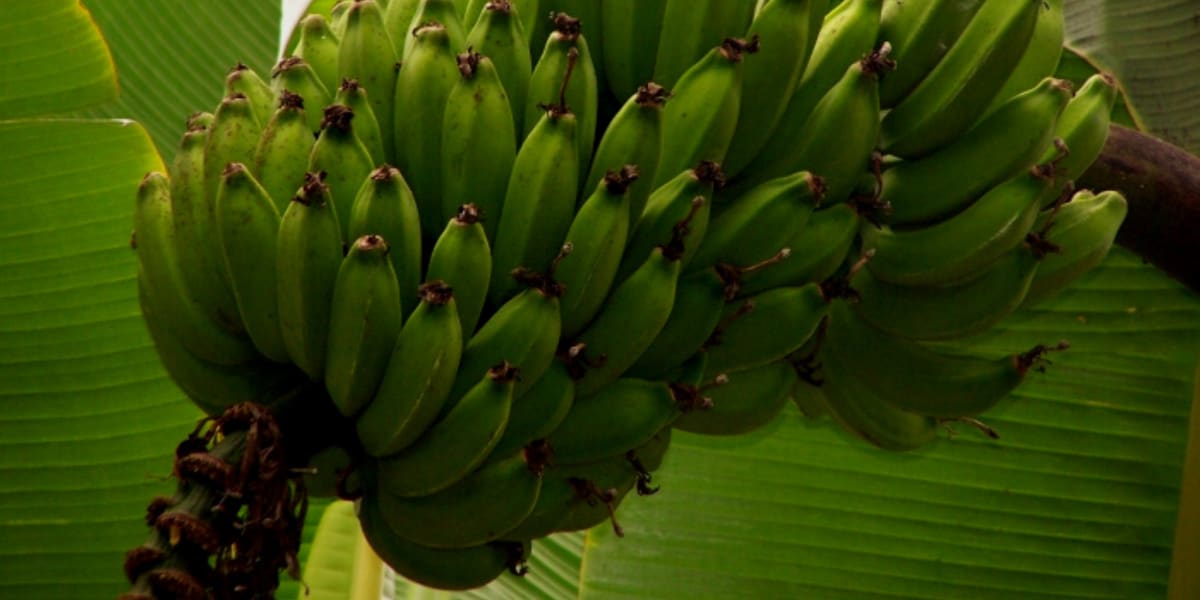The first thing that one notices about Bharat Mirle’s The Road to Kuthriyar is its visual aesthetic. In a world where films have become dependent on languid drone shots and stylized slow motion to keep their audiences engaged, Mirle’s debut feature drops you straight into a refreshing, documentary-style ride which you know is going to last you through the film.
I remember only a single drone shot, of the hills, but in a film where the Palani Hills are as much a character as anyone else, the filmmaker could have been easily forgiven if there had been half a dozen more.

I must confess, I do have a soft spot for the hills. My mother was from Coonoor and I have spent a little time in Kodaikanal, so to be able to take a closer look at this amazing biosphere through the lens of a sensitive filmmaker has been a joy. The camera work by Mithun Bhat and Gaurav Gokhale helps an audience see (and almost smell) the hills as they are, no frills attached. Complementing this visual approach, the colour grading of the film could have easily pushed things over, but was restrained, keeping things grounded. Which brings me to the story of The Road to Kuthriyar, its characters and its clever conceit, if one may call it that.
Dhruv (played by Dhruv Athreye) is a researcher from Bengaluru who has been tasked with conducting a ‘mammal survey’ in the Kodaikanal Wildlife Sanctuary. He and an assistant, Dorai (played by Chinna Dorai), whom he meets at a bus stand in Perumal Malai in an amusing scene, start their journey by going the wrong way. Dorai knows it’s the wrong way but doesn’t say until he’s asked. That sums up the Dorai we meet for the first time: detached and not yet claiming ownership of the task he has been entrusted with, which is to guide and track. After directions are aligned, Dhruv and Dorai set off up the hill. Dorai has an instinctive sense of movement in the forest, finding the path of least resistance and making easy work of tough climbs while holding on to a trusty shoulder bag. Dhruv, who hasn’t begun to trust his assistant yet, chooses a path that leaves him breathless and vulnerable. The disparity between the two and their distinct backgrounds becomes most evident when, while encountering an elephant, Dhruv runs for his life while Dorai climbs a tree and smokes a beedi.

As the film progresses, the relationship between the two starts changing. Dhruv learns more about Dorai and discovers that his assistant is from a tribal community who were made to leave their homes in the hills and were settled at Kuthriyar Dam. Dorai’s shoulder bag carries, along with a mirror and his red and yellow shirts, a seemingly unending stock of alcohol. Over several liquor-ridden nighttime fireside chats, Dorai opens up to Dhruv, who begins to understand and trust this man of the forest. Dorai also warms to the young researcher and starts wearing the camouflage clothes and hiking boots that Dhruv has given him, instead of his customary brightly coloured shirts that Dhruv is convinced will scare away the wildlife. Further into the story, when Dorai has to leave suddenly for his village, Dhruv has to manage with another assistant. With cellphone blasting and an uncaring urgency, the new assistant leaves an injured Dhruv in the wild while he goes in search of help. We feel a sense of relief as a light appears in the night and it is Dorai who has returned. He literally carries Dhruv back to his village at Kuthriyar Dam to recover and recuperate.
This is where the film changes, or seemingly does. One assumes this is a piece of fiction, but when Dhruv arrives at Dorai’s village and begins to meet and record the locals, the line between fiction and documentary gets blurred. The film changes shape from a story of a relationship to the story of a community, via a heart-breaking meeting with Dorai’s tribe. Alcohol and a lack of positive engagement have ravaged this community. Its young have been destroyed and its old wait for death through an interminable haze of alcohol. As the film points out, though rations are subsidised, alcohol is controlled by the government. So what is lost by way of subsidy is regained through alcohol. Like all uprooted communities, they have lost most of their connection with the forest.

The Road to Kuthriyar is a simple yet hard-hitting narrative of discovery. While Dhruv discovers a people through his friendship with Dorai, we discover a world that exists off the main road, hidden from view, telling a tragic yet all-too-familiar story of displacement and marginalisation, common among so many indigenous communities in India. Dhruv Athreye and the inimitable Chinna Dorai are supported by a wonderful cast, including Parvathi Om, M K Raghavendra (who was also responsible for the story and concept of the film) and Mariammal, among many others.
The film benefits hugely from the contributions of a vast array of ‘non-professional’ actors, and it is clear this was a project of passion and commitment; it was made on a shoestring budget, with some actors doubling up as crew, and took about two and a half years to make. But the final credit must go to the sensitive direction of director/producer Bharat Mirle, whose credits include a series of short films, ranging from documentary and fiction to music videos, including a couple for the heavy metal band Kryptos.
The Road to Kuthriyar was screened at the Busan International Film Festival in October 2021. It will be available for Indian audiences in 2022 (follow the film’s Instagram page for updates).




